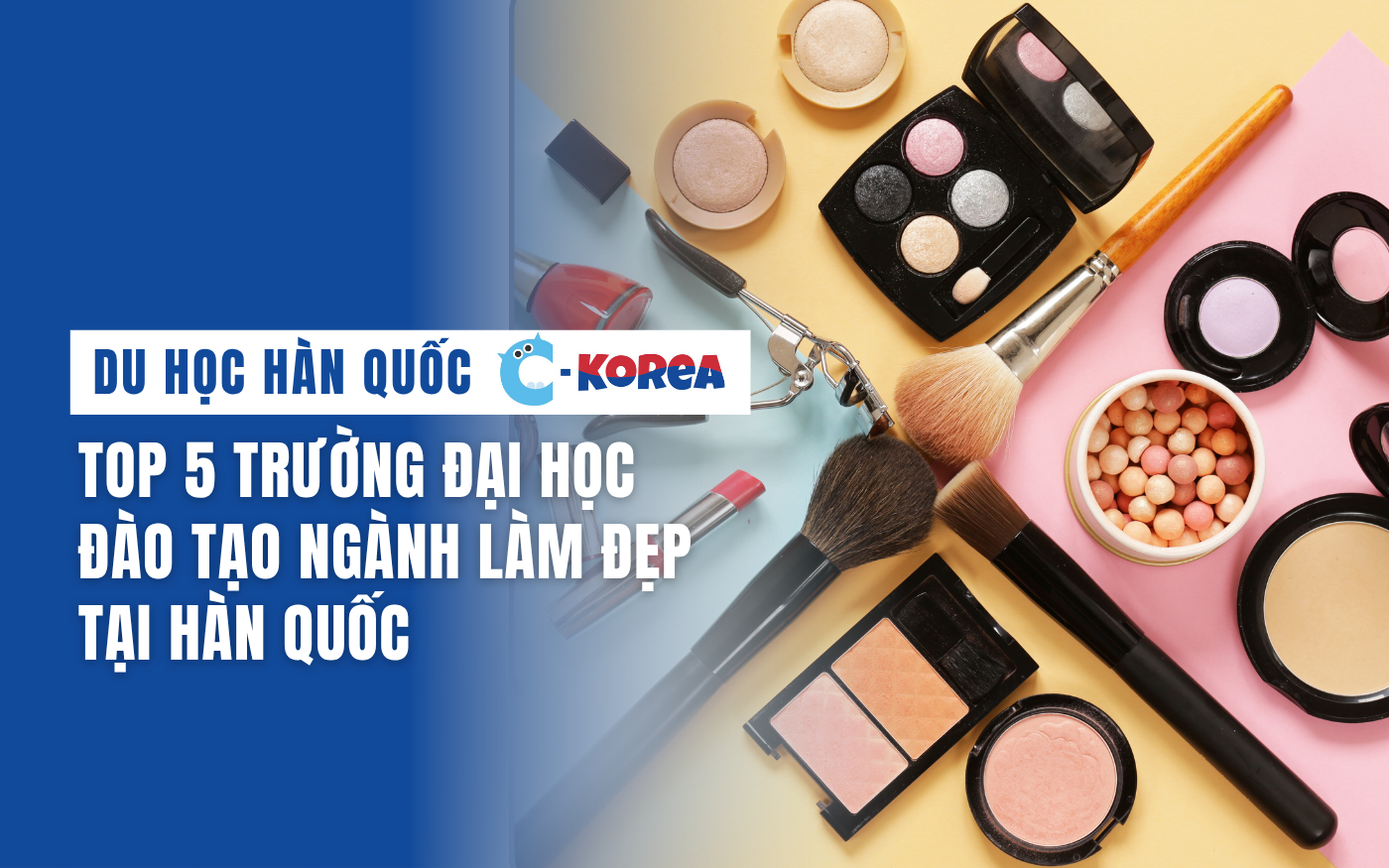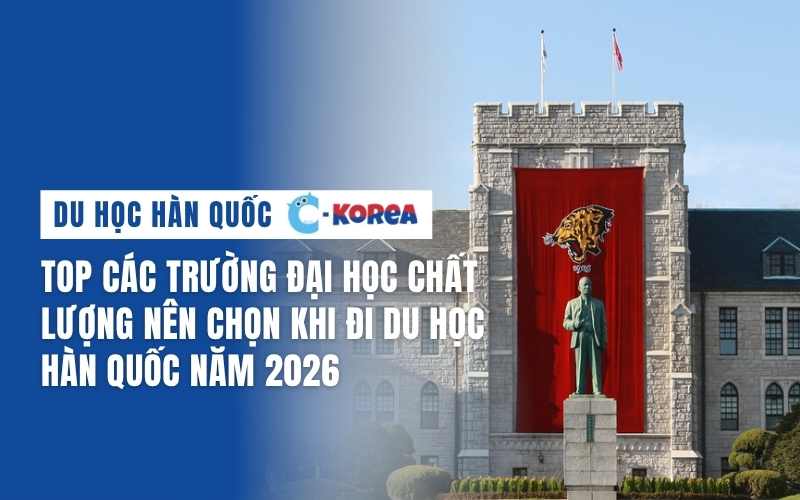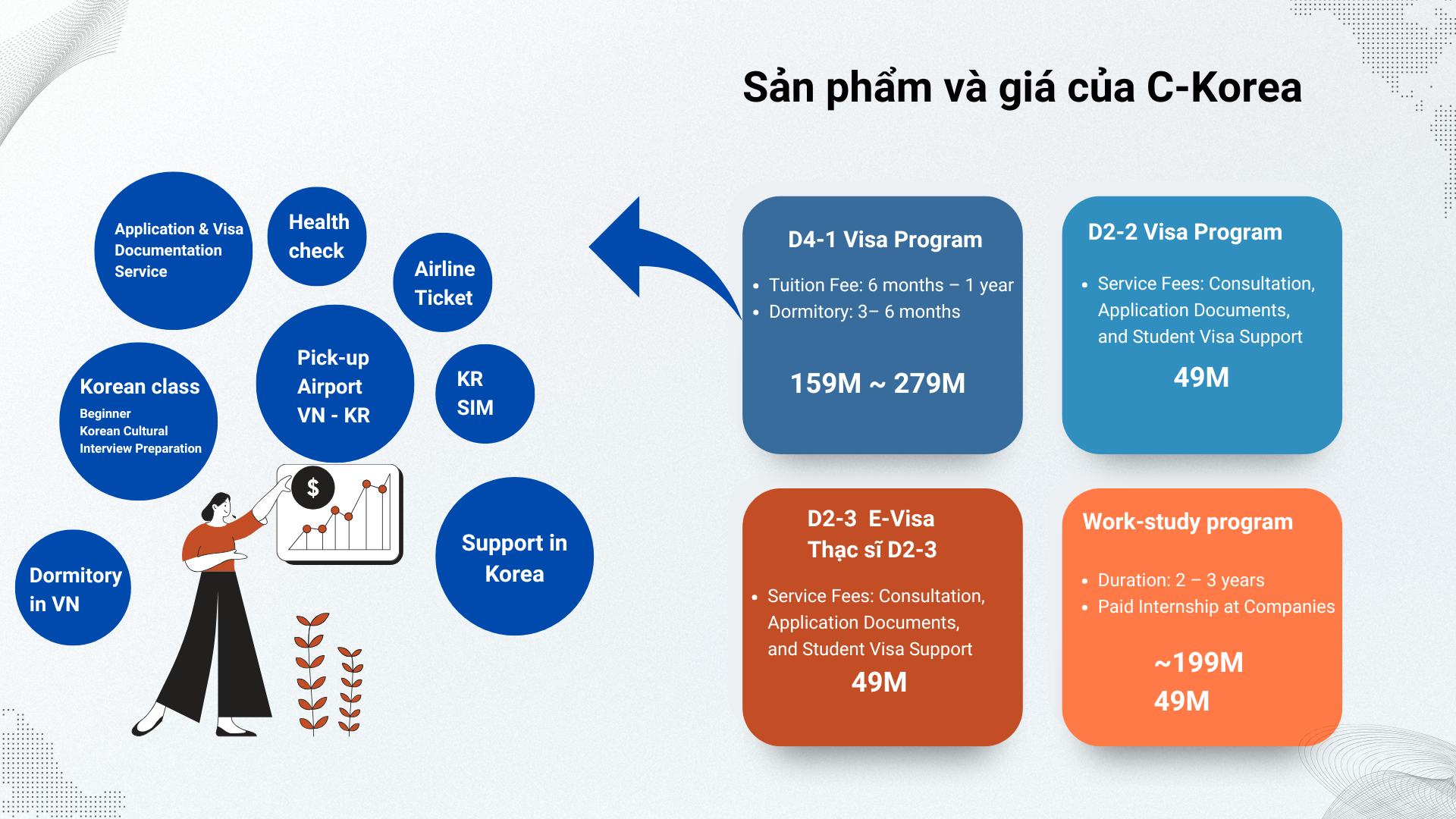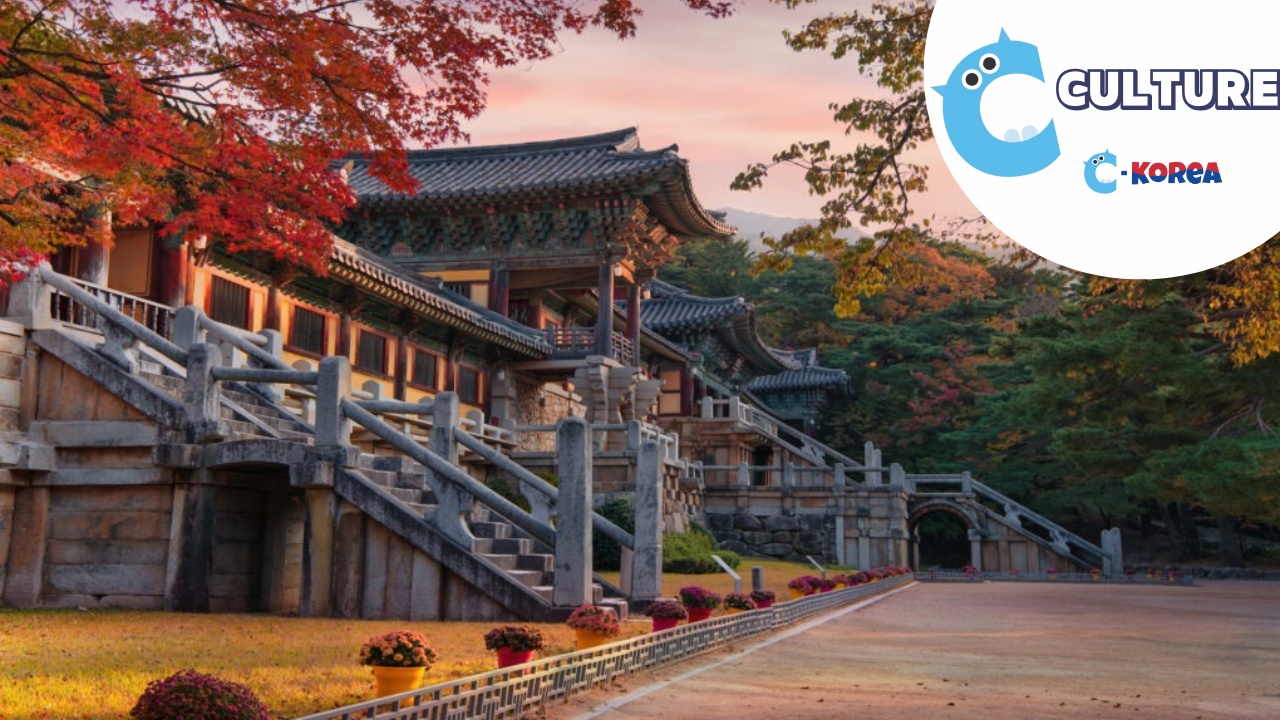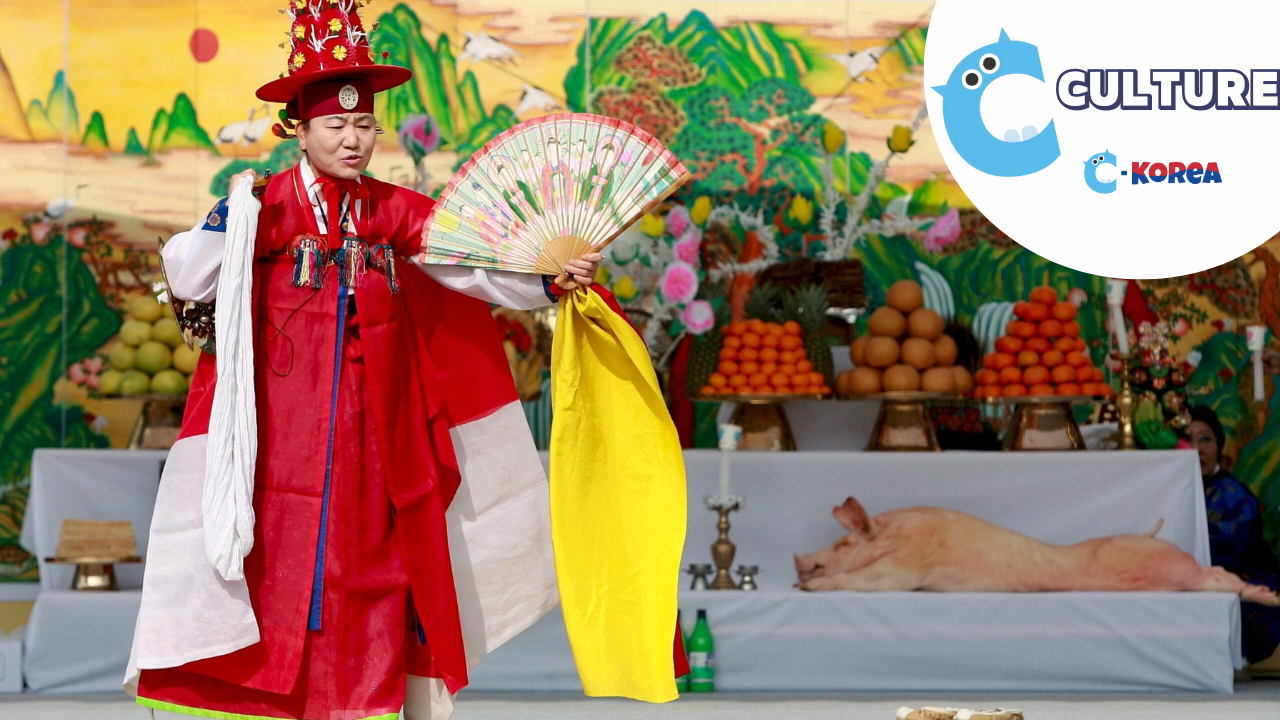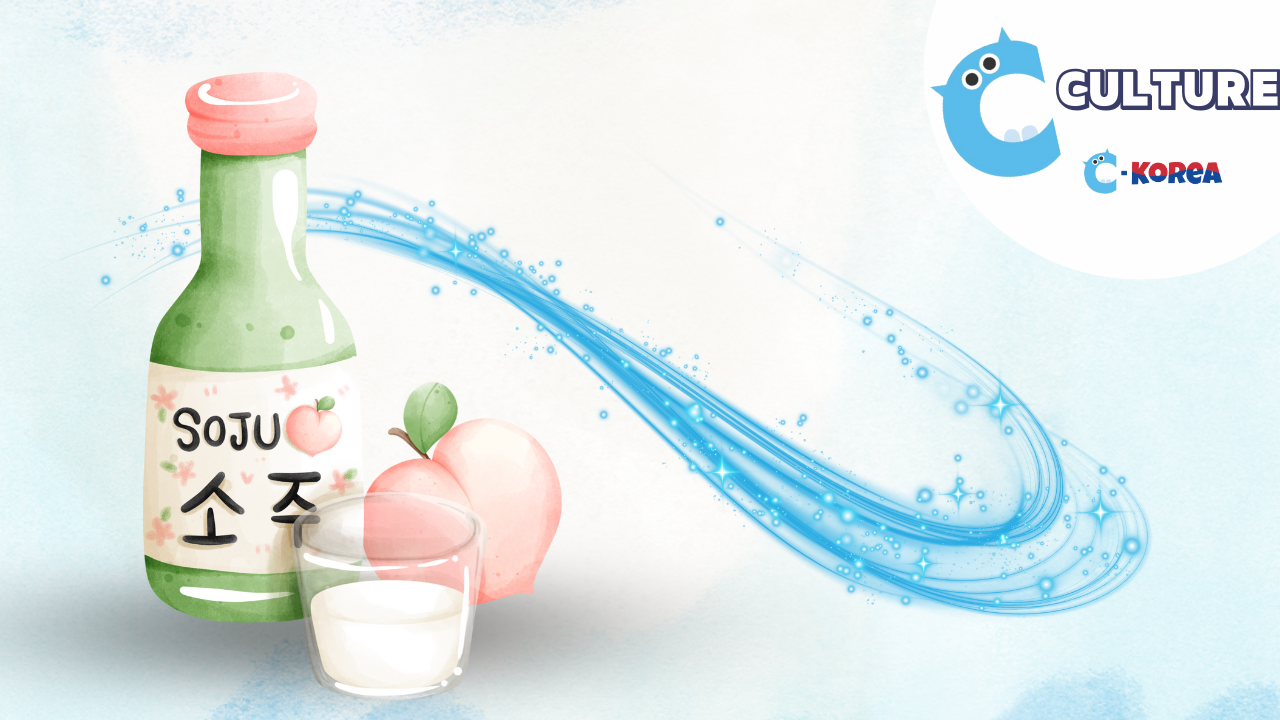Korea is a unique country where a rich traditional culture passed down from ancient times coexists and blends with a diverse modern culture. This harmony not only reflects Korea’s cultural identity but also plays an important role in moving towards the future. Let’s find out with C-Korea what cultural features this intersection is reflected in!
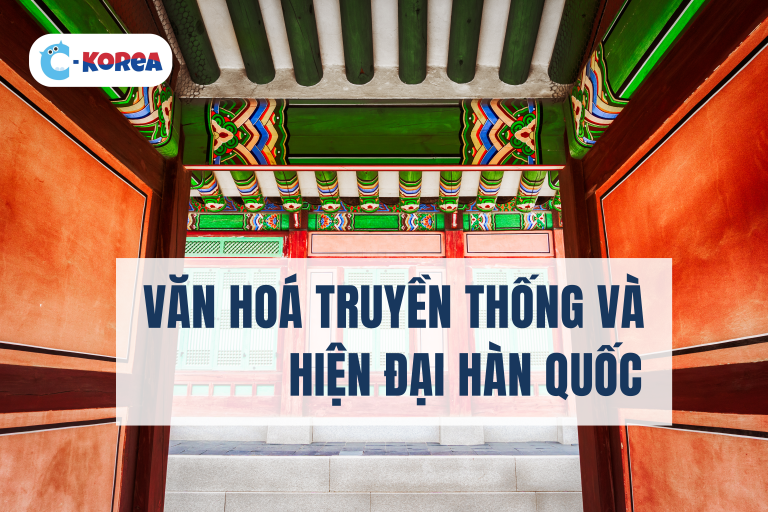
I. Korean Traditional Culture
Traditional Korean culture is made up of elements such as hanbok (traditional clothing) and taekwondo (traditional martial arts). These cultural features have existed and developed on the Korean peninsula for thousands of years. Specifically:
1) Hanbok
Hanbok is the traditional Korean costume, known for its elegant, sophisticated and colorful beauty. Designed to reflect the unique culture and aesthetic values of the Korean people, Hanbok represents a harmonious combination of art, history and lifestyle.
Hanbok consists of two main parts: Jeogori (top) and Chima (skirt) for women, or Baji (pants) for men. The design of Hanbok is inspired by balance and harmony with nature, with soft and graceful lines. The elaborate embroidery patterns, vibrant colors and symbolic meanings in each pattern all express the depth of Korean culture.
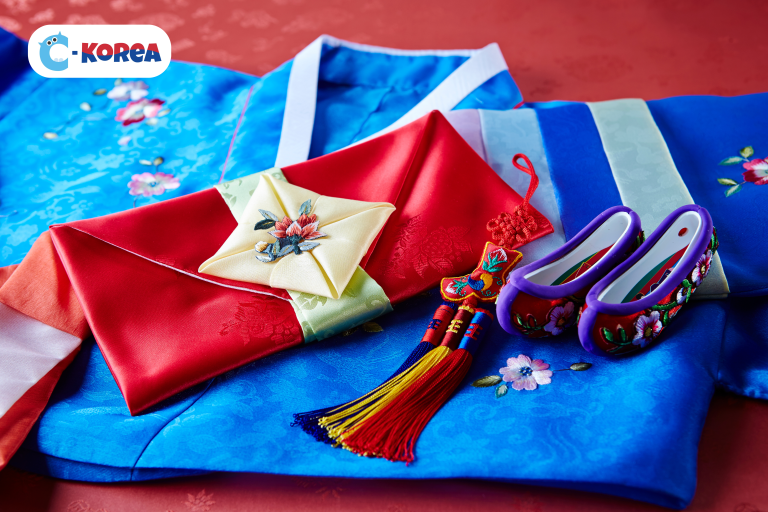
Hanbok was not only worn during important events such as weddings, festivals, and traditional New Year’s Day (Chuseok and Seollal), but also expressed social and personal status through the choice of colors and materials. For example, the Hanbok of the aristocracy was often made of high-quality silk with vibrant colors, while the common people wore Hanbok with more simple designs and colors.
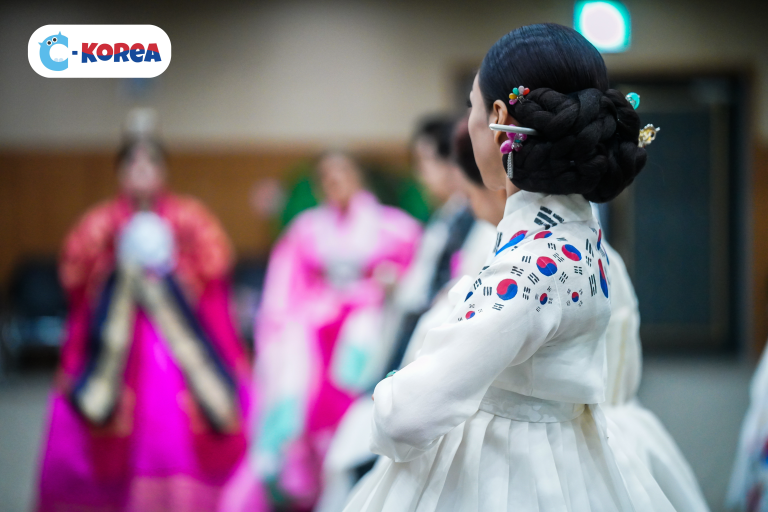
Today, Hanbok has gone beyond the scope of traditional culture and has become a symbol of Korean culture around the world. Many modern designers have created innovative versions of Hanbok, combining traditional and modern styles, to better suit daily life and global fashion trends. Hanbok is not just a costume but also a symbol of national pride and Korean cultural spirit. With its long history and unique artistic value, Hanbok has played, is playing, and will continue to play an important role in conveying and preserving Korean cultural identity.
2) Taekwondo
Taekwondo is a traditional and modern Korean martial art, famous worldwide not only as a sport but also as a cultural symbol. The name “Taekwondo” is a combination of three Korean words: “Tae” (leg, kick), “Kwon” (hand, punch) and “Do” (way, art), representing the spirit of combining fighting techniques and ethics.
Taekwondo originated from traditional Korean martial arts, such as Subak or Taekkyon, combined with elements from Chinese and Japanese martial arts. This martial art was developed and systematized into an official sport in the 1950s, after Korea regained its independence. In 1973, the World Taekwondo Federation (WTF) was established, helping Taekwondo reach further into the international community.
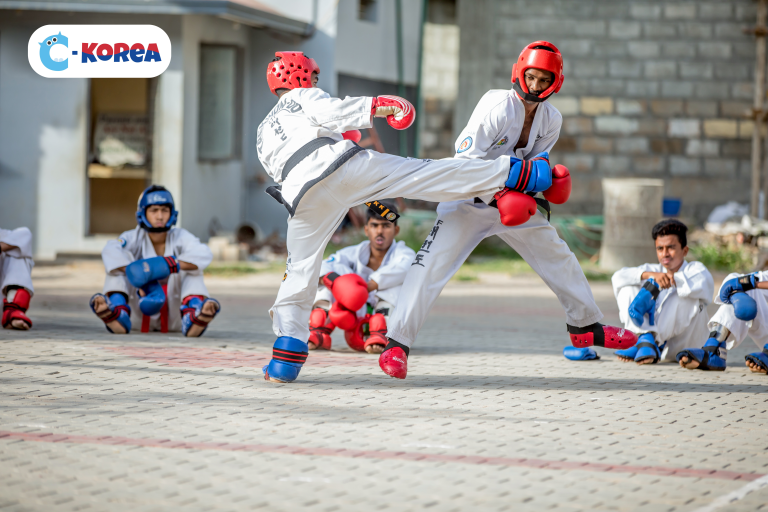
Taekwondo is characterized by powerful and flexible kicks, combined with effective hand, punch and defense techniques. Taekwondo exercises not only train physical strength but also help develop self-awareness, discipline and patience. Taekwondo philosophy aims at harmony between body, mind and spirit, while promoting moral values such as respect, self-control and loyalty.
In 2000, Taekwondo officially became an Olympic sport, bringing this martial art to a new level in the international arena. Currently, Taekwondo is practiced in more than 200 countries, becoming a cultural bridge between Korea and the world.
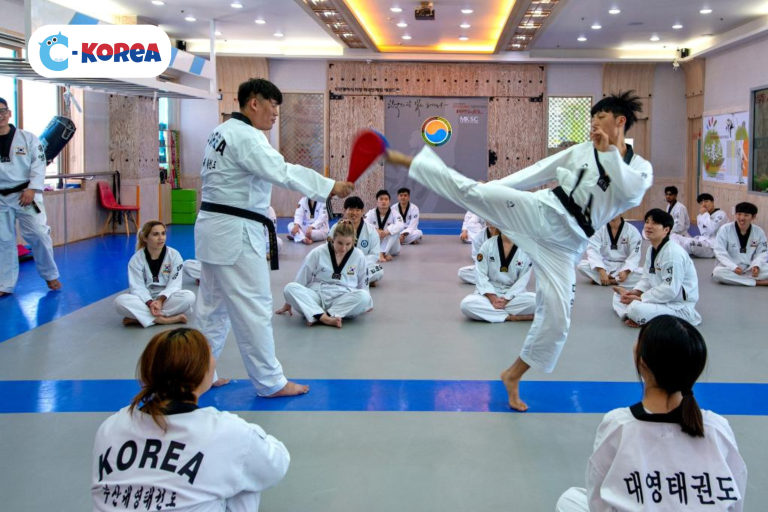
More than just a martial art, Taekwondo is also a symbol of the Korean spirit. It reflects the harmonious combination of tradition and modernity, as well as the Korean spirit of overcoming difficulties and strong will. Many Taekwondo schools and training centers around the world have helped spread the message of peace, respect and unity.
Taekwondo is not only the pride of the Korean people but also an intangible cultural heritage that this country brings to the world. With the combination of strength, technique and moral values, Taekwondo has transcended the limits of a martial art, becoming a global symbol of resilience and peace.
II. Modern Korean Culture
Rapid modernization has brought new cultural elements such as K-pop, K-drama, and K-beauty. These elements have not only replaced parts of traditional culture but have also created a huge impact globally:
- K-pop: Korean pop music with famous groups like BTS and BLACKPINK has conquered millions of fans around the world.
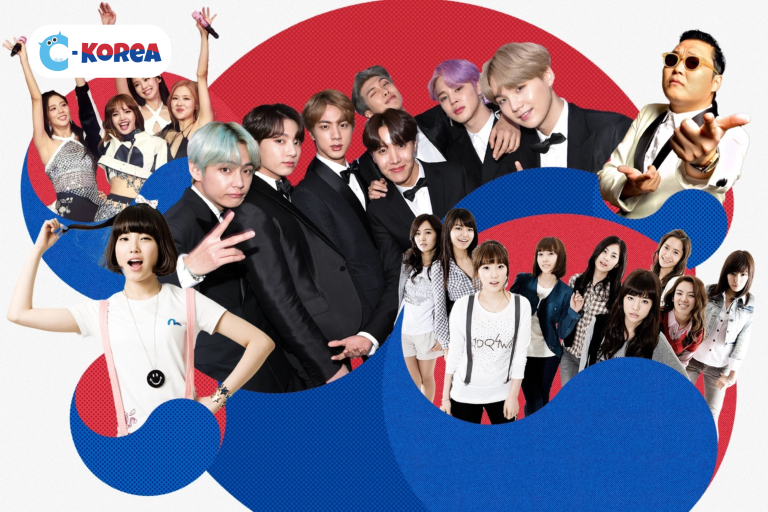
- K-drama: Korean dramas are engaging, emotional and influential.
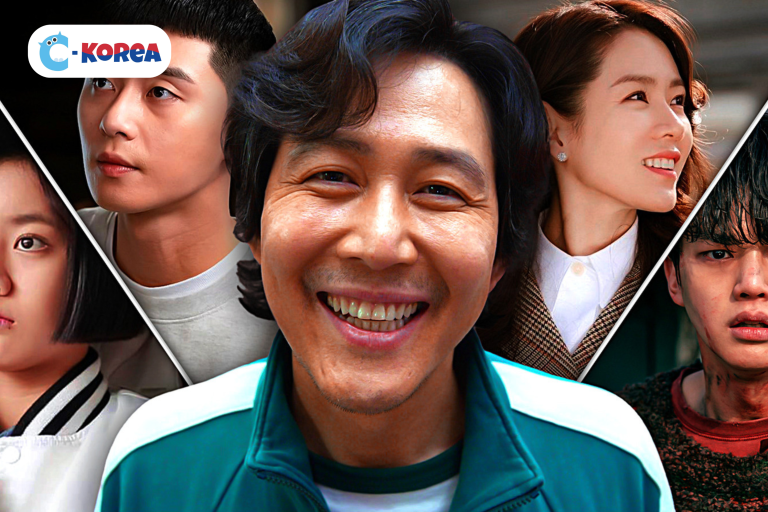
- K-beauty: Korean beauty trends with high quality skin care and cosmetics products.

III. The Harmony Between Modernity and Tradition
Despite the rapid development of modernization, the importance of traditional culture cannot be denied. Traditional culture helps us define our identity, providing a foundation of values and ethics. Meanwhile, modern culture brings about social development and growth.
Examples of harmony:
- Music: Create new music combining traditional instruments and modern music.
- Food: Create new dishes by transforming traditional cuisine into modern styles.
- Literature and dance: Recreate classical literature or traditional dances in a modern way to make them more accessible to young people.
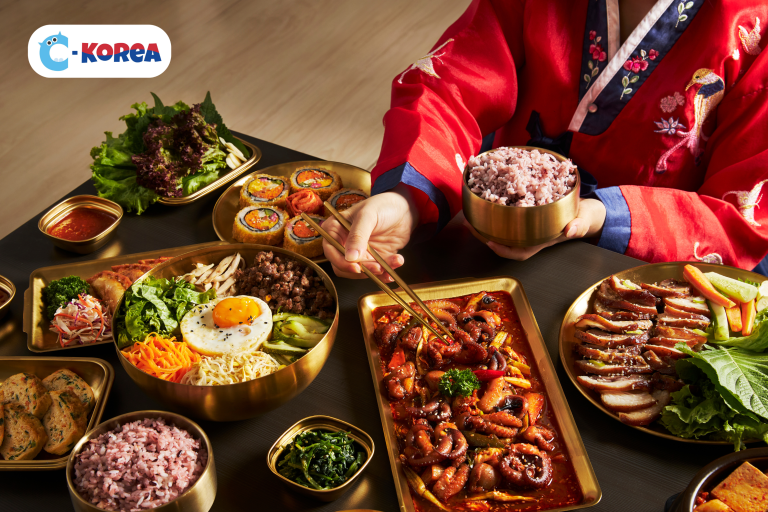
Conclusion
The fusion of modern and traditional culture offers the opportunity to gain an independent position on the international stage, while conveying Korea’s identity and values to the world. By harmoniously combining modernity and tradition, Korea not only preserves its history and culture but also achieves development and progress in modern society.
If you are planning to study abroad in Korea, do not hesitate to contact C-Korea for further advice!
For more information about studying and working in Korea , please contact :
C-KOREA CULTURE AND STUDY ABROAD CONSULTING CO ., LTD.
- Address : 5th Floor , 94-96 Nguyen Van Thuong , Ward 25 , Binh Thanh District , Ho Chi Minh City
- Hotline: +84 28 7308 4247
- Facebook: https://www.facebook.com/profile.php?id=61565051012830
- Tiktok: https://www.tiktok.com/@duhoc_ckorea
- Youtube: https://www.youtube.com/channel/UCQspuqhQlf4IRFCDzN4ce2A







